Learn how Apple’s TipKit software framework lets developers aid the discovery of new features in apps for users in delightful ways.
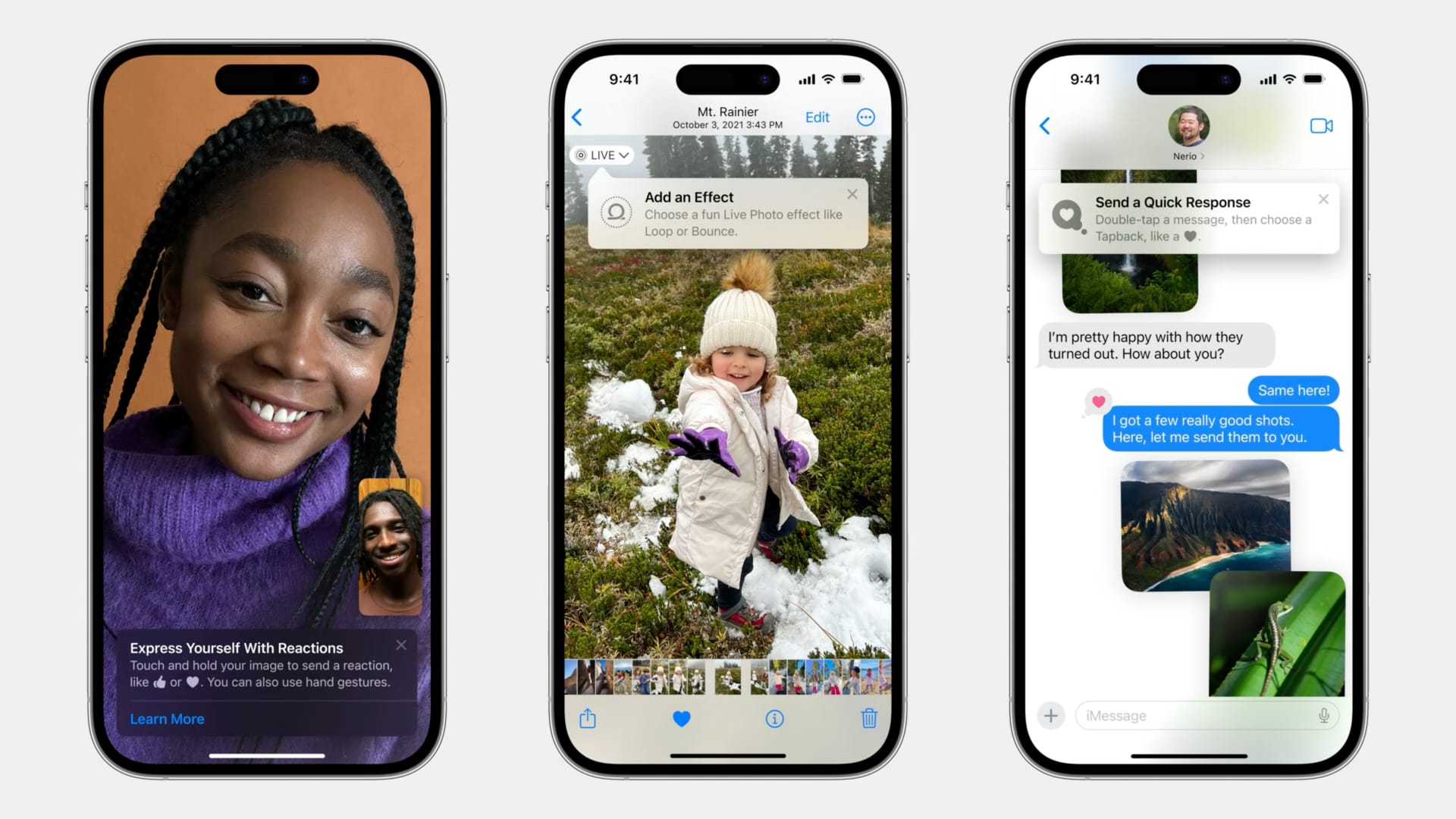
A tip can focus the user’s attention on a brand-new feature, aid the discovery of a hidden feature, or show a faster way to accomplish a task. Apple’s TipKit framework (not to be confused with Apple’s existing Tips app) enables developers to create delightful tips in their apps on iPhone, iPad, Mac, Apple TV, and Apple Watch.
What is Apple’s TipKit? How does it work?
Apple’s WWDC23 session video has all the information about TipKit that may interest you. A tip consists of a title and a message. Apple recommends using icons, colored text, direct-action phrases and easy-to-remember benefit information to help draw attention to a tip.
Intelligently educate your users about the right features at the right time with TipKit. This new framework includes templates that match what people are accustomed to seeing in system apps, and are easily customizable to match the look and feel of your app. Add targeting to educate users on functionality related to their current context and manage the overall frequency to avoid showing the same tips again, even if the tips appeared on another device.
Developers can also specify who should see a specific tip, create rules for when tips are displayed and dismissed, and define an action button the user can interact with.
Two types of tip views
Tips can be shown in two ways: The popover and inline view.
- The popover view superimposes a tip on the app’s interface without changing the current screen. For example, a popover tip may appear below a specific button in the app. Popover view is the only way to show tips in Apple TV apps.
- The inline view temporarily adjusts the interface to fit around the tip, such as a tip at the top of the Messages app pushing the conversation list down a bit.

Developers create custom rules defining who’s eligible for a tip. This is necessary to avoid showing power tips to novice users or those who rarely use an app. Conversely, custom rules help the system avoid annoying people by showing them tips for features they’d already encountered and used.
Custom rules for tips
For example, a custom rule may define that the user must select a specific tab at least three times in the past five days before they see a tip about it. iOS handles everything, automatically showing the right tip when the user meets custom eligibility defined by these rules. And because tip states are synced via iCloud, a tip that you already saw on your iPhone won’t appear on your iPad, and vice versa.
Guidelines for in-app tips
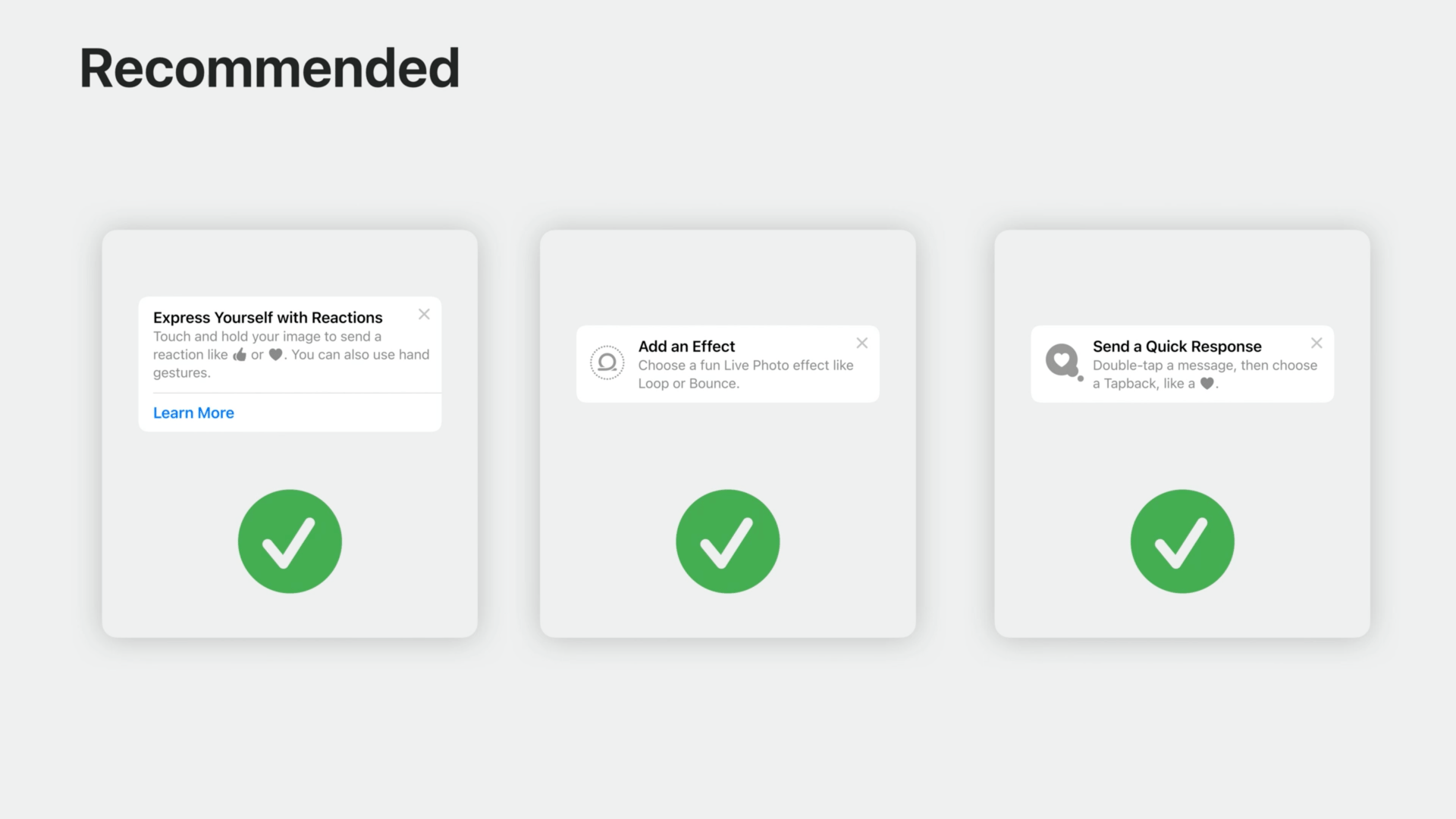
Apple explains that a good tip should be actionable, instructional, and easy to remember, such as a FaceTime tip about triggering reactions with hand gestures, a Photos tip suggesting adding a looping effect to a Live Photo, or a Messages tip about sending quick responses via the Tapback feature.
Examples of good tips
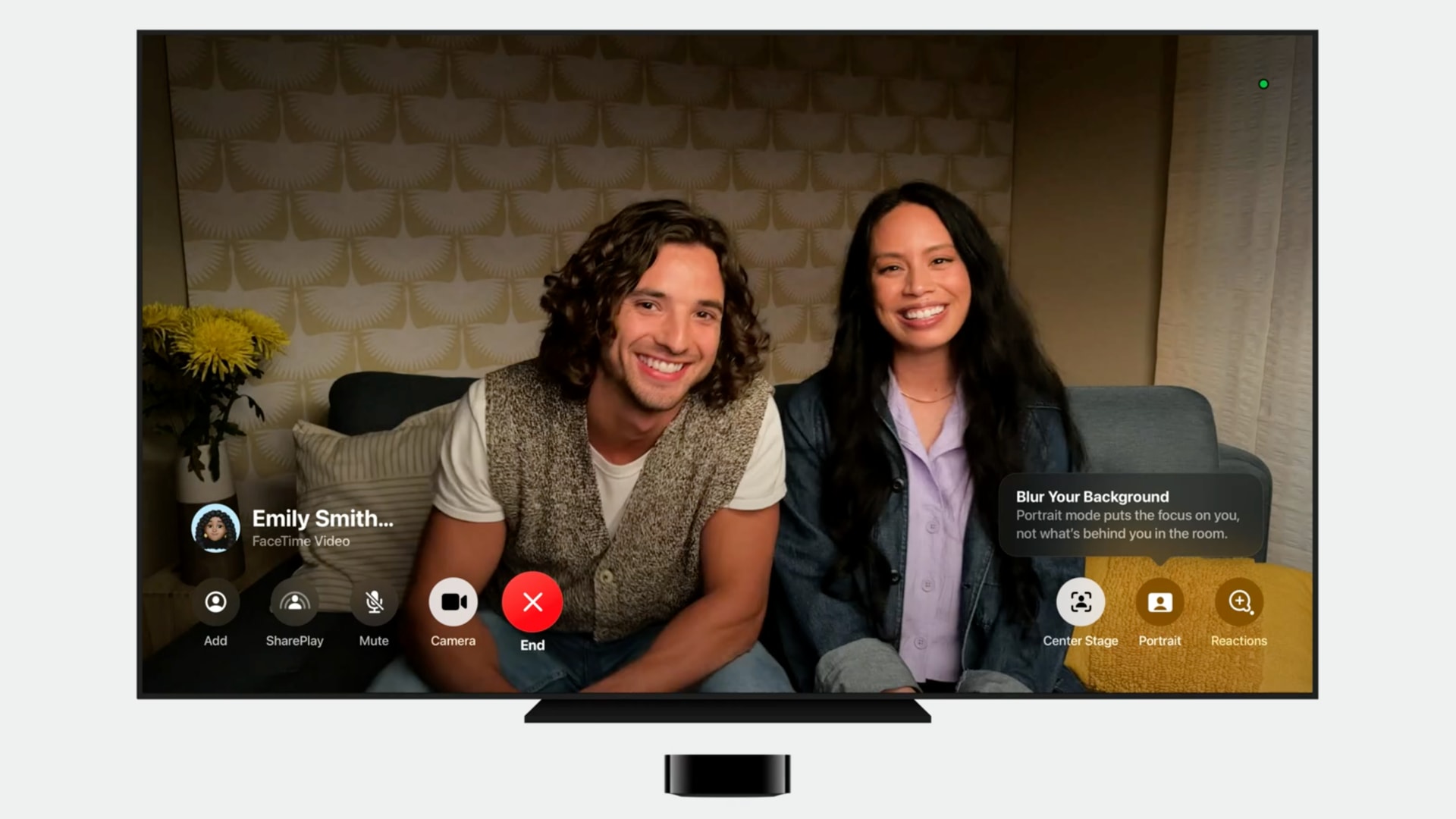
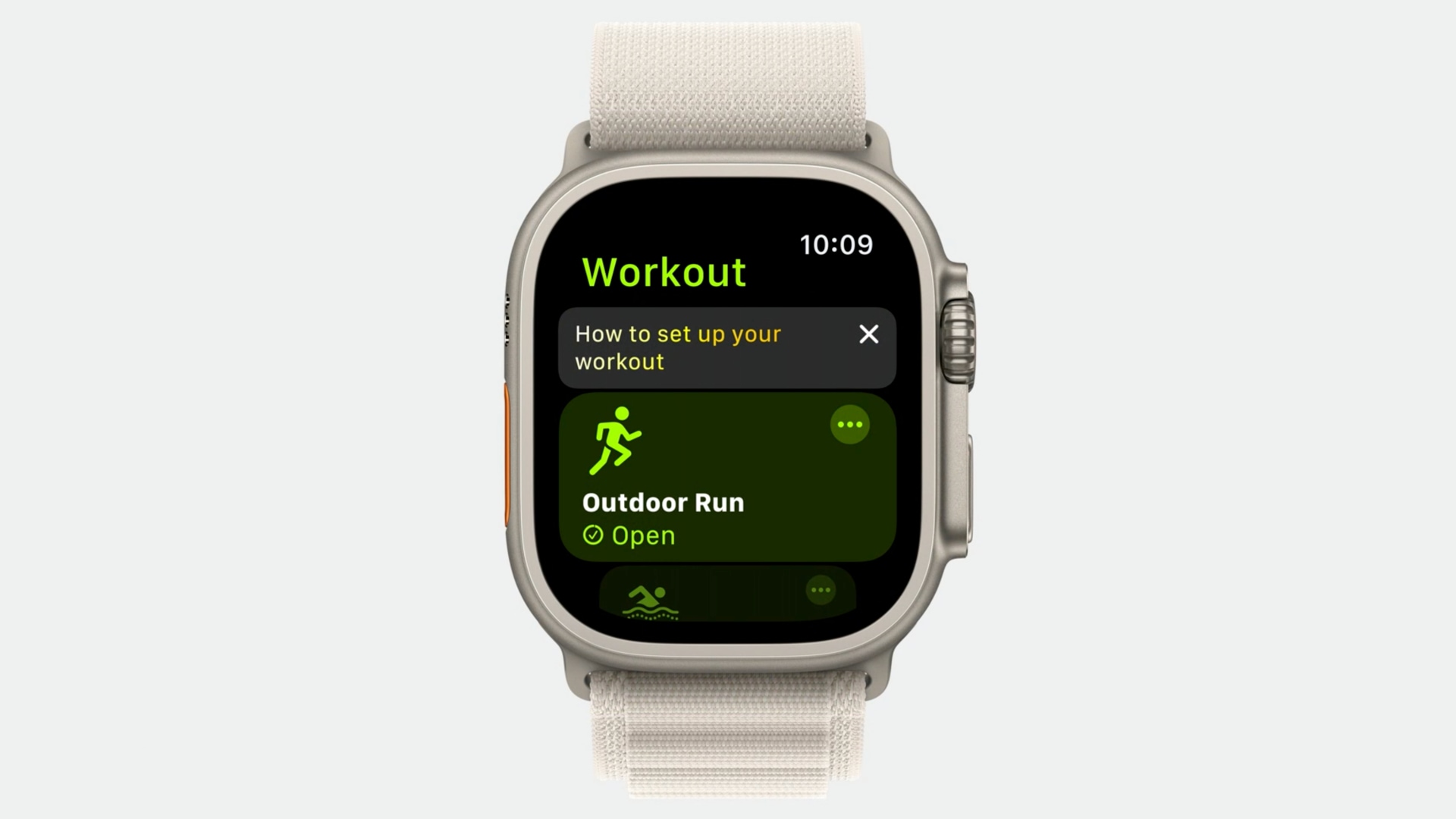
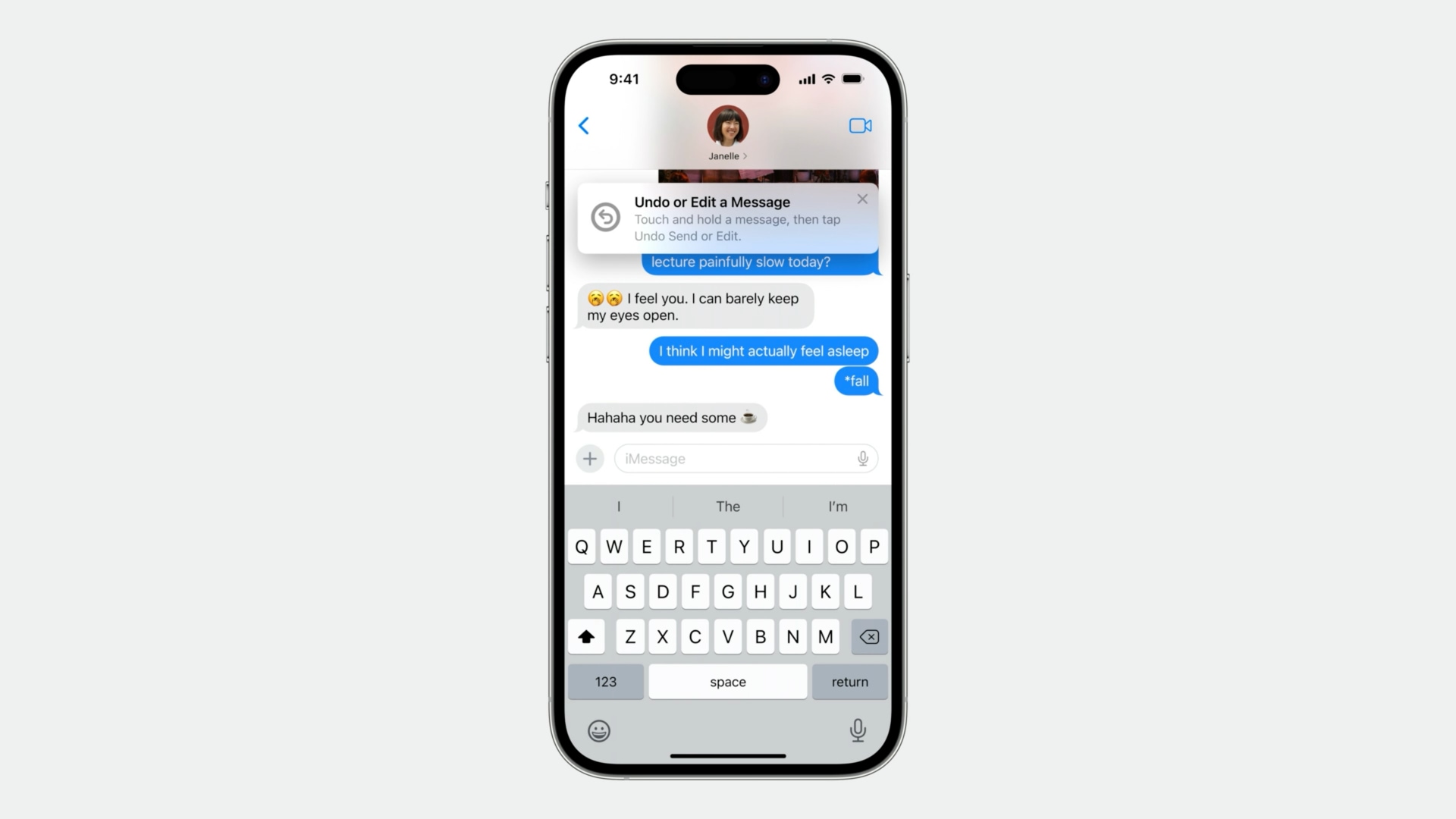

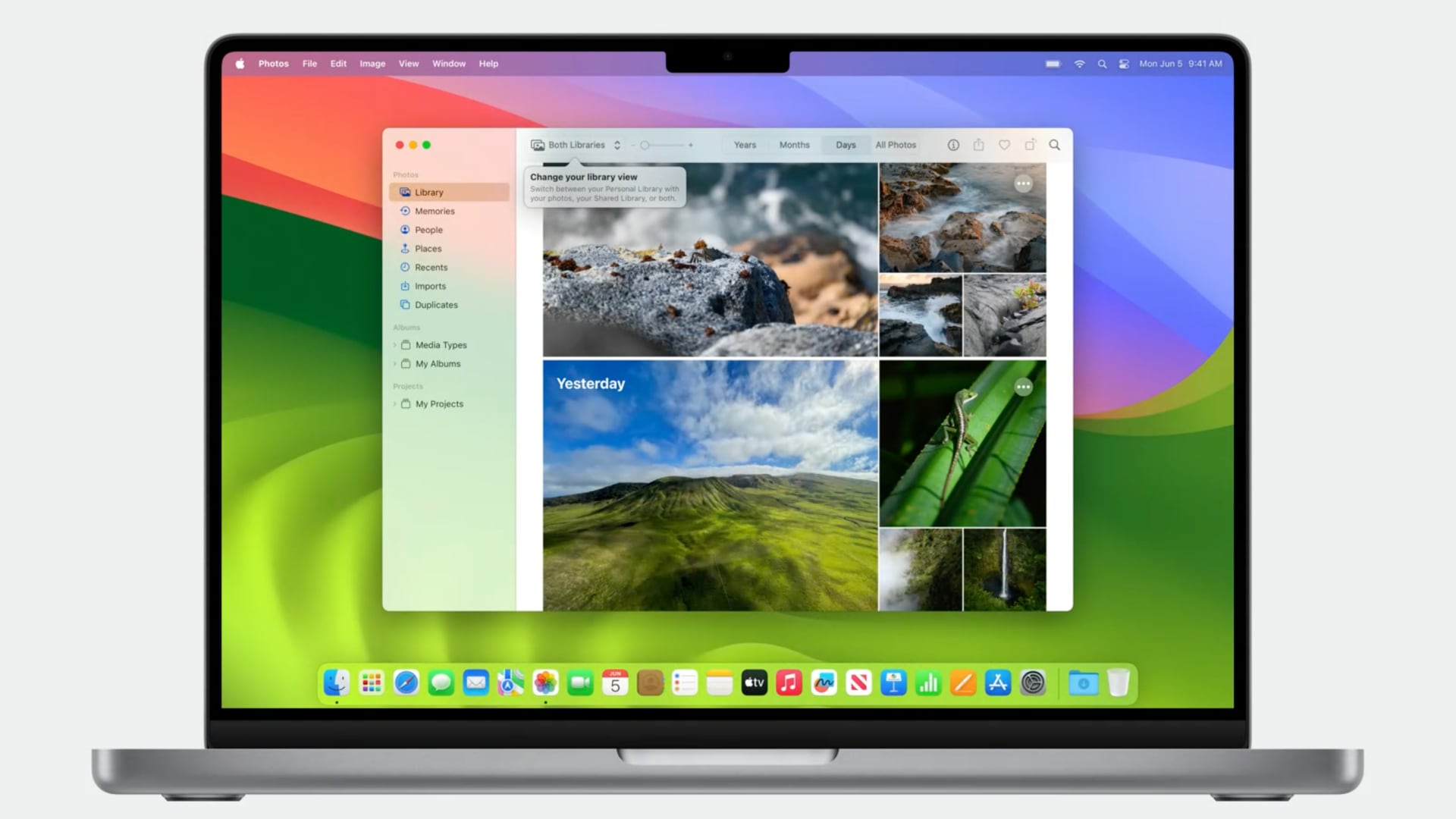
Examples of bad tips

Examples of in-app tips that are frowned upon and should be avoided at all costs include promotional messages nudging folks to buy stuff, error messages, and tips that aren’t actionable or those that are too complex to remember.
With apps getting more complex, TipKit helps raise awareness about cool features and interesting shortcuts in apps for anyone, especially non-techies.
Check out next: 10 often ignored and forgotten Apple stock apps on iPhone and iPad